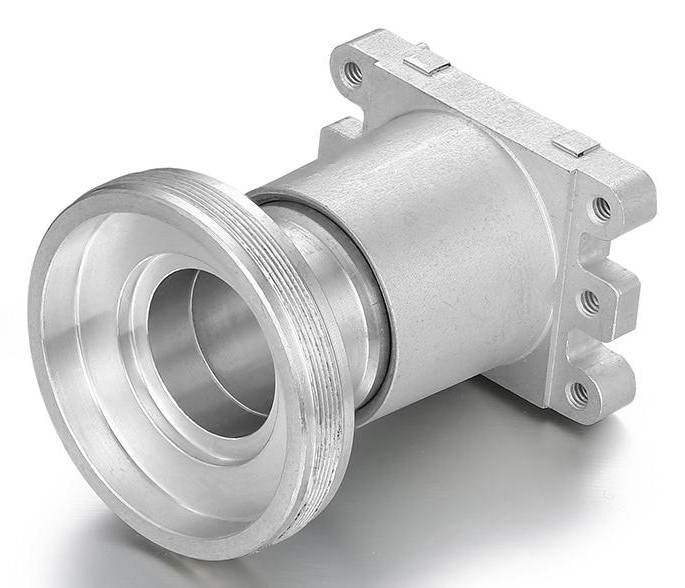Surface finishing of metals, or metal plating as it is also known, is used in a variety of industries. From industrial and automotive components to aerospace, the process of metal finishing is essential in the manufacturing process. In this article, we will explore the best practices for metal surface finishing that can help you choose what type of process you should use for your next project.

Why Surface Finishing of Metals Is Important
The success of a metal surface finishing operation can be attributed to many factors, but one of the most important is the quality of the finish. Just like with any other type of surface finish, a good metal finish will provide a high level of protection and corrosion resistance as well as a beautiful, polished appearance.
The Three Primary Methods of Surface Finishing
1) Chemical Finishing: This is the most common method and involves using a solvent to remove the metal's surface finish. The benefits of this process include easy removal and no need for special tools or skills, but it can also be time-consuming and leave behind a cloudy finish.
2) Physical Finishing: This involves using a physical agent to abrade away the metal's surface finish. This method is faster than chemical finishing, but it can also result in damage to the metal and require a more careful application.
3) Electrochemical Finishing: This is a newer method that uses an electric current to remove the metal's surface finish. It's fast and easy, but it can also damage the metal if used incorrectly. It's best suited for delicate finishes or those that don't require a permanent finish.
Conclusion
With the ever-growing popularity of metal finishes, there has never been a better time to learn about and explore this powerful and versatile finishing option. So whether you are looking to give your metal furniture a new lease on life or just want to spruce up a common component in your machine, learning about surface finishing of metals is essential.
